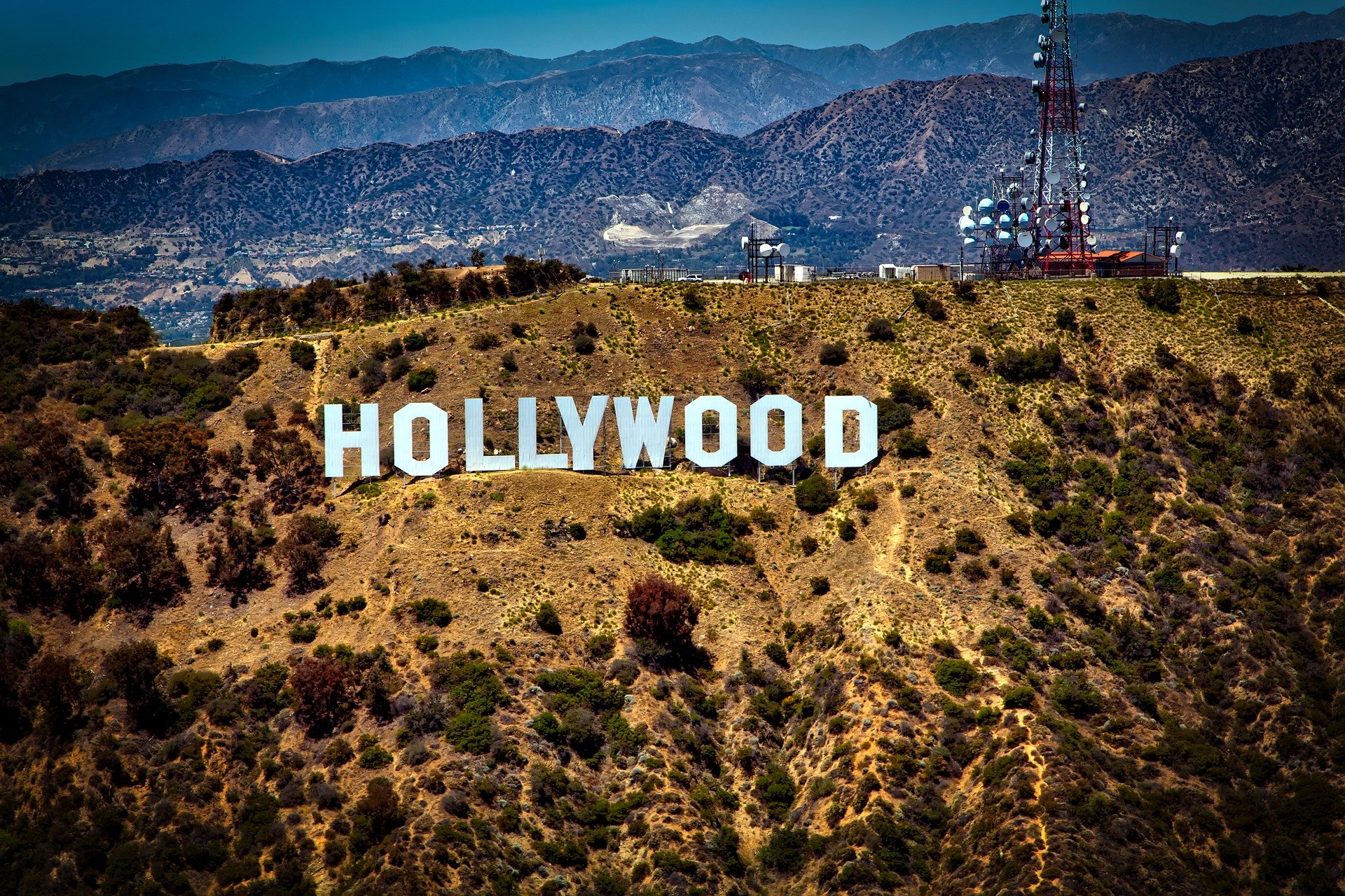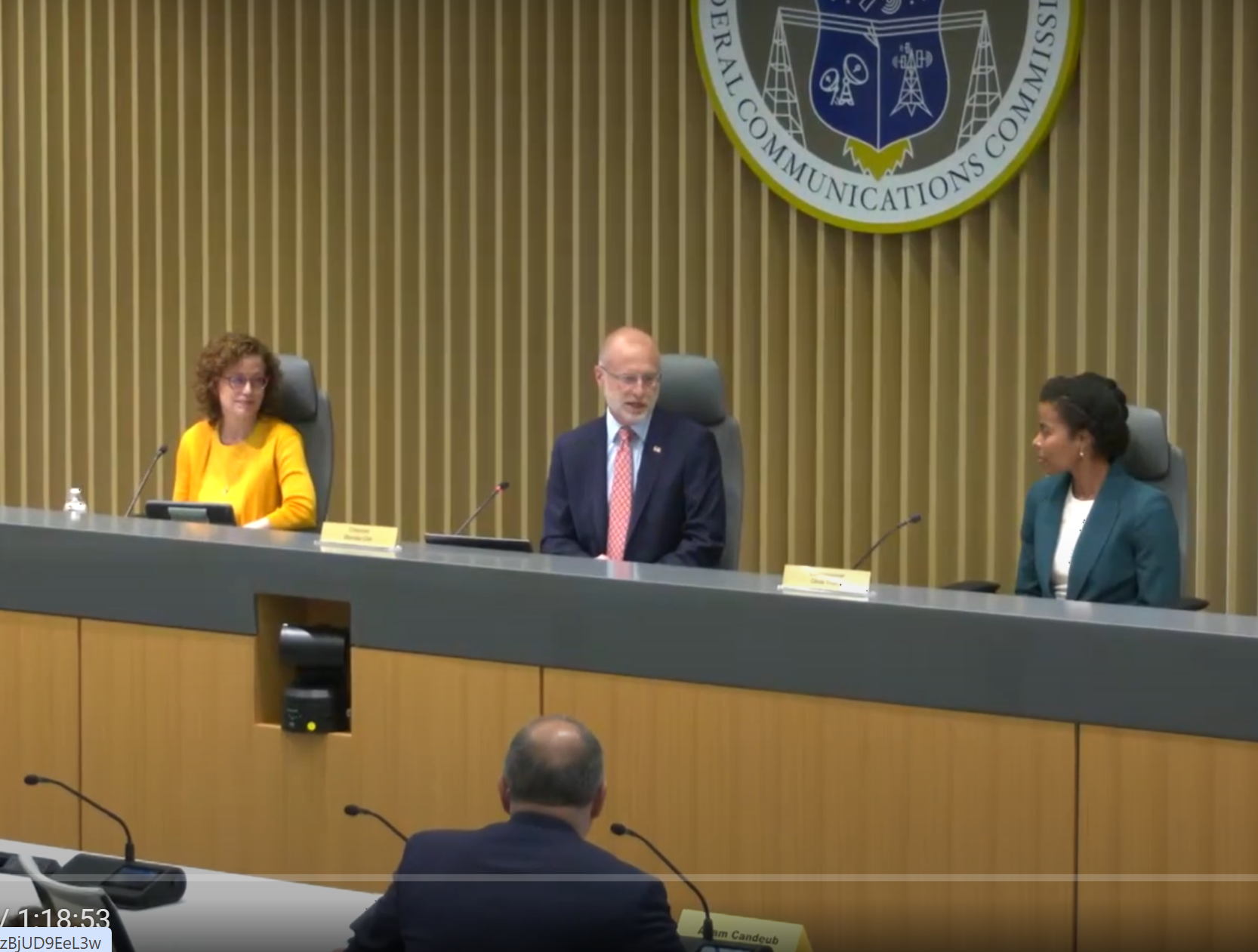Trump Orders Tariffs on Films Made Outside the U.S.
President orders 100% levies on such content, claims industry is ‘dying’

President Donald Trump on Sunday ordered the imposition of a 100% tariff on films and TV shows produced outside the U.S., lamenting what he claims is the death of the industry and a “threat” to national security.
In a post on Truth Social, Trump wrote:
"The Movie Industry in America is DYING a very fast death. Other Countries are offering all sorts of incentives to draw our filmmakers and studios away from the United States. Hollywood, and many other areas within the U.S.A., are being devastated. This is a concerted effort by other Nations and, therefore, a National Security threat. It is, in addition to everything else, messaging and propaganda! Therefore, I am authorizing the Department of Commerce, and the United States Trade Representative, to immediately begin the process of instituting a 100% Tariff on any and all Movies coming into our Country that are produced in Foreign Lands. WE WANT MOVIES MADE IN AMERICA, AGAIN!"
Even though the order was posted on a social media platform and not signed at a White House ceremony, Hollywood and its investors are taking it seriously, with shares of major entertainment companies falling in premarket trading, with Netflix stocks down nearly 5%.
The American movie industry in 2023 generated $22.6 billion in exports, contributing to a $15.3 billion trade surplus. The industry supported 2.32 million jobs and paid out $229 billion in total wages that same year, according to the Motion Picture Association.
But Hollywood has increasingly taken its business overseas in recent decades. More shooting and post production is being done in Europe and particularly Canada, which has seen total film and TV production revenues increase 31% over the past decade to $10.4 billion in 2022-2023.
Like their manufacturing counterparts, the studios have been able to cut costs via production overseas, lured by lower wages and tax incentives; in a recent survey of studio executives, their top five choices for production locations in the next two years are all outside U.S. borders.
The professional video industry's #1 source for news, trends and product and tech information. Sign up below.
The impact could be devastating to the industry, resulting in fewer entertainment choices, particularly among top streamers such as Netflix and Prime.
“The problem is that pretty much all the studios are moving tons of production overseas to reduce production costs and leverage foreign credits,“ Rosenblatt Securities analyst Barton Crockett told Reuters. “Raising the cost to produce movies could lead studios to make less content. There’s also a risk of retaliatory tariffs against American content overseas.”
Australia and New Zealand, also popular destinations for film production, have already responded to the threat, with Australia’s home affairs minister, Tony Burke, stating “nobody should be under any doubt that we will be standing up unequivocally for the rights of the Australian screen industry.”
New Zealand Prime Minister Christopher Luxon said they were waiting for more details, “but we'll be obviously a great advocate, great champion of that sector and that industry,” he said.
China, the world’s second-largest box office for U.S.-made films, has also stated that it will begin limiting the number of American films permitted for release within the country as a result of Trump’s imposition of a 145% tariff on imports from the country. That country is reportedly responsible for 25% of major studios’ annual worldwide revenue.
California Gov. Gavin Newsom, a Democrat, also advocates more filmmaking in the state, but via tax credits instead of direct order. His goal, though, is to make the state more competitive within the U.S.
Last fall, he proposed to expand California’s Film & Television Tax Credit Program to $750 million annually, more than double the current $330 million annual allocation.
“California is the entertainment capital of the world, rooted in decades of creativity, innovation, and unparalleled talent. Expanding this program will help keep production here at home, generate thousands of good-paying jobs, and strengthen the vital link between our communities and the state’s iconic film and TV industry.”
Politico is reporting that Trump may have gotten the idea from actor Jon Voight, who—along with fellow conservatives Mel Gibson and Sylvester Stallone—are the president’s so-called “Ambassadors to Hollywood.”
Tom has covered the broadcast technology market for the past 25 years, including three years handling member communications for the National Association of Broadcasters followed by a year as editor of Video Technology News and DTV Business executive newsletters for Phillips Publishing. In 1999 he launched digitalbroadcasting.com for internet B2B portal Verticalnet. He is also a charter member of the CTA's Academy of Digital TV Pioneers. Since 2001, he has been editor-in-chief of TV Tech (www.tvtech.com), the leading source of news and information on broadcast and related media technology and is a frequent contributor and moderator to the brand’s Tech Leadership events.

